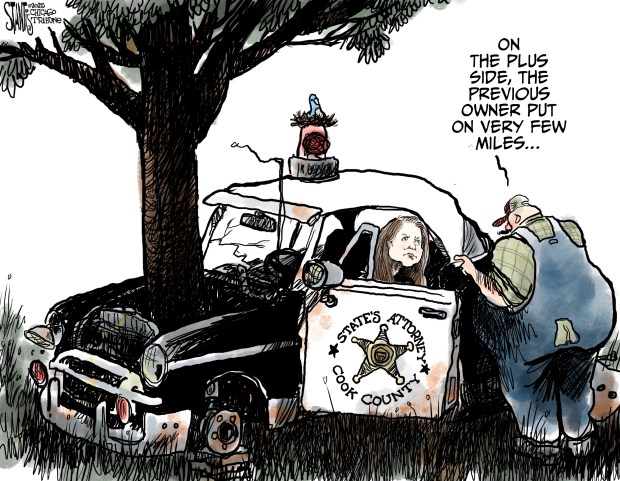History is replete with tales of mysterious creatures with mystical powers, often loosed to spread mayhem through the world. Think dragons, unicorns, centaurs and satyrs.
And on a more traditional level, think owls, foxes and bats, Edgar Allan Poe’s raven and a certain billy goat.
But one stands out in Chicago history — the infamous “black cat of Queens,” which appeared briefly on a cool September evening 55 years ago to cast its spell over the championship aspirations of the Chicago Cubs. It was a spell that lingers to this day.
For the 1969 Cubs represented the hopes of very long-suffering Cubs fans. They were one of the most talented teams in baseball history, featuring four — that’s right, four — Hall of Famers.
It started with manager Leo “The Lip” Durocher, of “Nice Guys Finish Last” fame. Durocher had managed the 1951 New York Giants to a pennant and the 1954 New York Giants to a World Series win. A colorful character, Durocher had been married to a movie star, was a friend of Frank Sinatra and had been suspended for the 1947 season for various personal conduct concerns.
Then there were the players: Hall of Famers Ernie Banks, Ron Santo, Billy Williams and Ferguson Jenkins. Also notable were the All-Star infielders Don Kessinger and Glenn Beckert, pitcher Bill Hands and the rugged Randy Hundley behind the plate. Hall of Fame play-by-play voice Jack Brickhouse topped it off.
The team roared out of the gate in April with a strong winning record. By the middle of August, these Cubs had a nine-game cushion in first place. But the demands of day baseball, and Durocher’s penchant for not resting his stars, began to take a toll. By early September, the Mets were gaining ground, and the lead was shrinking rapidly as the Cubs went to New York for a critical two-game series. With a loss to the Mets on Sept. 8, the Cubs’ lead had dwindled to a mere 1.5 games.
Enter the black cat of Queens. In the top of the fourth inning of the Sept. 9 game, it stealthily emerged onto the field, strolled past Santo in the on-deck circle, briefly paced back and forth in front of the Cubs dugout and disappeared as quickly as it had come. The jinx was on; the Cubs lost not only that game but also a subsequent two-game series against the last-place Phillies. They fell out of first place, never to return.
It was the ultimate punch to the gut. After spending more than 155 days in first place, the team lost 17 of 25 games in September. The Mets streaked by them, on their way to beating the Baltimore Orioles to win the World Series. For Cubs fans, it was the first of many painful “wait until next year” off-seasons. For the city, it was another reputational hit.
For by September 1969, Chicago was already reeling from a series of highly publicized, negative events. These included the lingering aftermath of the 1968 West Side riots, the ’68 Democratic National Convention and the “Chicago Seven” indictments. And just around the corner, in early October, was to come the infamous “Days of Rage” rioting in the Loop by various anti-war and revolutionary groups. Civic sentiment was decidedly (and understandably) in the dumps.
The pain also extended to the players. Santo described his hatred for Shea Stadium to the Tribune: “I would come back here personally to blow it up. I’d pay my own way. Maybe even just to watch it.” And to pour salt in the wound, there’s a commemorative plaque celebrating the black cat game at the Mets’ new ballpark, Citi Field.
Don’t believe in superstition, you say? Ask any Cubs fan 65 years or older — there’re still a lot of them — and they’ll tell you differently. The pain remains, as deep as saddle soap seeps into a baseball mitt. The 2016 World Series may have removed Billy “Goat” Sianis’ curse of 1945, but divine intervention may be necessary to remove the black cat’s spell of 1969.
For that team was so special to so many; a summer of sunshine, joy and heel clicking amid a year of dark domestic turmoil. Its collapse took an emotional toll that transcended the sports pages. A funeral dirge of a month; Second City, once again.
So in the larger interests of civic pride on this anniversary date, may Cubs fans beseech the baseball gods for a black cat to reappear at Citi Field in Queens this September, take residence in the Mets’ dugout and jinx their pennant hopes. You know, just for old times’ sake.
Michael W. Peregrine is a Chicago attorney. He watched the Cubs collapse as an Oak Park High School freshman.
Submit a letter, of no more than 400 words, to the editor here or email letters@chicagotribune.com.



